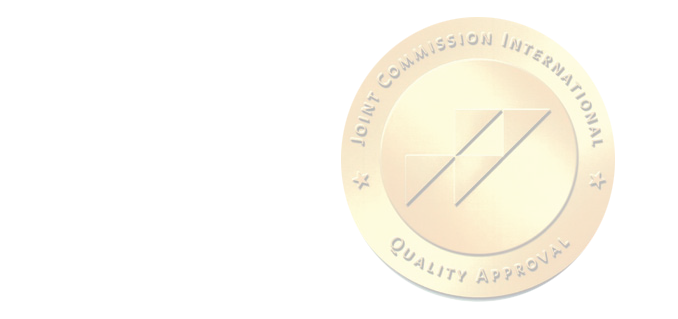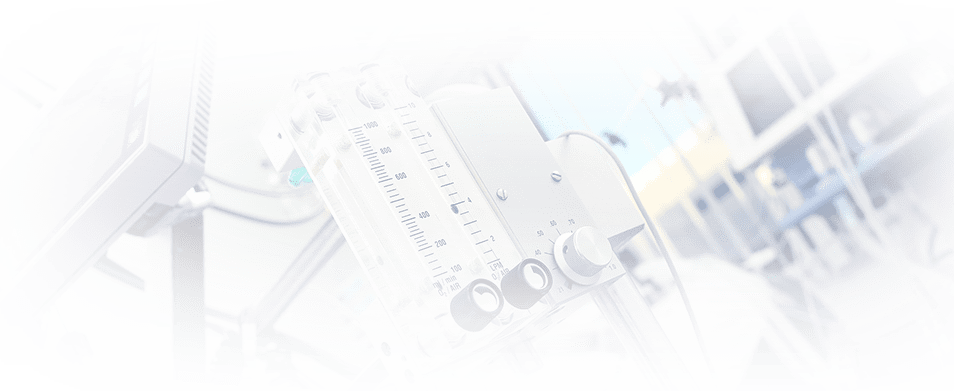Clinical and diagnostic laboratory
JSC "Medicine" (Academician Roitberg clinic) conducts screening testing for those who want to be tested for infection with SARS-CoV-2 coronavirus (the causative agent of COVID-19)

Laboratory tests are one of the most informative stages of diagnosis, which allows you to detect changes at the cellular and molecular levels. Such subtle disorders can often be detected even before the onset of symptoms that cause anxiety.
The high reliability of the results, in addition to the high-quality equipment of the world's leading manufacturers, is determined by the high qualification of our staff and constant quality control of research both at the intra-laboratory level and at the level of external quality control programs (Russian and foreign).
The schedule of the clinical diagnostic laboratory:
from 07.30 to 18.30 on working days
from 08.00 to 17.00 on Saturdays, Sunday from 9.00 to 15.00
The laboratory of JSC "Medicine" (Academician Roitberg clinic) is wide-profile and can offer almost all types of research. In our arsenal there is a significant number of tests that are not always easily and quickly (within a few hours) available in other medical institutions: a wide range of hormonal studies, determination of the level of markers of oncological diseases.
In JSC "Medicine" (Academician Roitberg clinic) you have the opportunity to use any diagnostic methods and consultations of specialists. In order to maximize the reliability of the results and save your time, the clinic's specialists can come to your home or office to take tests. The results of most of them can be ready in 2 hours (in the "cito!" mode) after the materials are received by the laboratory, and we will send them to you by e-mail if you agree.
In the clinical diagnostic laboratory of JSC "Medicine" (Academician Roitberg clinic), in addition to the full volume of hematological, biochemical and hormonal studies, the following studies are performed:
Determining the level of cancer markers
Cancer markers are substances of various nature, the concentration of which in the blood increases when tumor diseases occur. The clinical diagnostic laboratory conducts studies of cancer markers of the liver, gallbladder, bladder, prostate, testes, breast, stomach, pancreas, colon and rectum, lungs, ovaries, etc. (REA; AFP; PSA; CA 15-3; CA 125; CA19-9, CYFRA, CA 72-4, NSE, ROMA index, etc.).
Immunodiagnostics of most infectious diseases, including:
- diagnosis of infection with SARS-CoV-2 coronavirus;
- toxoplasmosis (lgM, lgG);
- rubella (lgM, lgG, avidity of antibodies);
- cytomegalovirus infection (lgM, lgG, avidity of antibodies);
- chlamydia (lgM, lgG);
- herpes (lgM, lgG) of various types;
- Gastropanel test, determination of antibodies to Helicobacter pylory (lgA, lgM, lgG);
- infectious mononucleosis – heterophilic antibodies (detection of the acute phase of the disease) and a full range of antibodies to establish the phase of the disease;
- tuberculosis (detection of the acute phase of the disease), HIV, syphilis, all types of hepatitis, etc.;
- cultural diagnostics of ureaplasmosis and mycoplasmosis with determination of sensitivity to antibiotics;
- detection of pathogens of infectious diseases by PCR.
Hormonal studies
Determination of the content of thyroid and parathyroid hormones, adrenal glands, pituitary gland, sex hormones in biological fluids.
Allergo Diagnostics
Allows you to detect the presence of hypersensitivity to food and inhalation allergens (does not replace skin tests), medications.
Histological (pathomorphological) studies
Studies of fragments of organs and tissues obtained by biopsy or surgical manipulations are carried out using modern Japanese equipment by highly qualified personnel, which makes it possible to produce results within 24 hours. If it is necessary to clarify the result, immuno-histochemical and molecular genetic studies are carried out.
Cytological examinations are also performed within one day, and if necessary, an urgent response is received – in a few hours. The modern equipment of the clinic allows the preparation of drugs by the method of "liquid cytology", which increases the diagnostic value of the study, especially in the diagnosis of oncological diseases of the gynecological sphere.
Receiving tests at home
You can order the departure of a nurse at home to take a biopsy for tests. Only disposable instruments and containers are used for taking bioassays. The study of samples begins immediately after their delivery to the laboratory, so the results of a significant part of the analyses become known 3-4 hours after the samples are delivered to the laboratory.
Laboratory tests are carried out with the help of equipment from leading world manufacturers:
- Abbott, Siemens, Greiner – hematology;
- ROCHE, Sysmex – urinology;
- ROCHE, Siemens, Instrumentation Laboratory, Bio Rad, Helena, Knauer – biochemical and electrochemiluminescent;
- Sakura, Leica, Nikon, Higeco – pathomorphology (histology).
Endoscopy
The endoscopy room offers instrumental methods of diagnostics of digestive organs:
- esophagogastroduodenoscopy (EGDS) with video recording and targeted sampling of material for further clarifying studies (histology, cytology);
- colonoscopy and bronchoscopy with targeted biopsy for further clarifying studies (histology, cytology), etc.
All types of endoscopic examinations are carried out using digital video endoscopic complexes on the equipment of the world's leading manufacturers with video recording of images.
Our specialists also carry out the treatment of gastric bleeding, bougie strictures, carry out auxiliary treatment for peptic ulcer disease, removal of polyps and taking biopsies.
Interpretation of the results of clinical trials
When making a diagnosis and monitoring the therapy, about 70% of the diagnostic information is received by the doctor from the clinical diagnostic laboratory (CDL). The main task of the laboratory is to correctly and timely perform the tests assigned to the patient.
Interpretation of the obtained results of statistical data processing is one of the most important stages of clinical research.
Examples of interpretation of the results of clinical trials:
1. Post-influenza heart disease in a middle-aged man
The patient, 52 years old, was admitted with complaints of shortness of breath, with little physical exertion, heart failure, swelling of the lower leg and feet. Previously, he suffered "flu on his feet".
Myocardial damage was confirmed by the study of the enzyme spectrum of blood. An increase in total LDH and CPK, an increase in LDH1 and LDH2 fractions, while LDH1 >LDH2. However, the values obtained are not too large. What distinguishes the content of an increase in blood content from hypofermentemia, in myocardial infarction.
In the study of urine, the relative density is 1020, the daily proteinuria is 0.5 g, erythrocytes are 5-7 in n/a, hyaline cylinders are single leukocytes - 4-6 in n/a.
The patient also underwent X-ray examination, ECG, EchoCG, which confirmed the data for myocarditis.
Thus, the combination of laboratory data and anamnesis demonstrates the course of myocarditis that developed after influenza disease.
2. Edematous ascitic syndrome as the first manifestation of Wilson-Konovalov disease
Patient, 19 years old. For the first time, he noted the appearance of weakness, swelling on the legs, icteric sclera, fever up to 38C. Edematous syndrome quickly reached the degree of anasarca.
According to other data, ascites, hydrothorax, and a slight enlargement of the liver were detected. In laboratory studies – thrombocytopenia, a decrease in serum albumin levels to 2.4 g / 100 ml, a twofold increase in the activity of serum aminotransferases and bilirubin levels.
To clarify the etiology , the following laboratory studies were undertaken:
- studies of serum markers of hepatitis B and C virus to exclude the most common – viral etiology of liver cirrhosis. There was
- no study of the level of ceruloplasmin in the blood serum to exclude the most frequent of the hereditary liver lesions.
The result is 45 mg/l (the norm is 200-500 mg/l).
A sharp decrease in the level of ceruloplasmin in the blood serum and the detection of copper deposits on the periphery of the cornea (Kaiser-Fleischer ring) during examination with a slit lamp are two main criteria that made it possible to establish the diagnosis of Wilson-Konovalov disease.

































